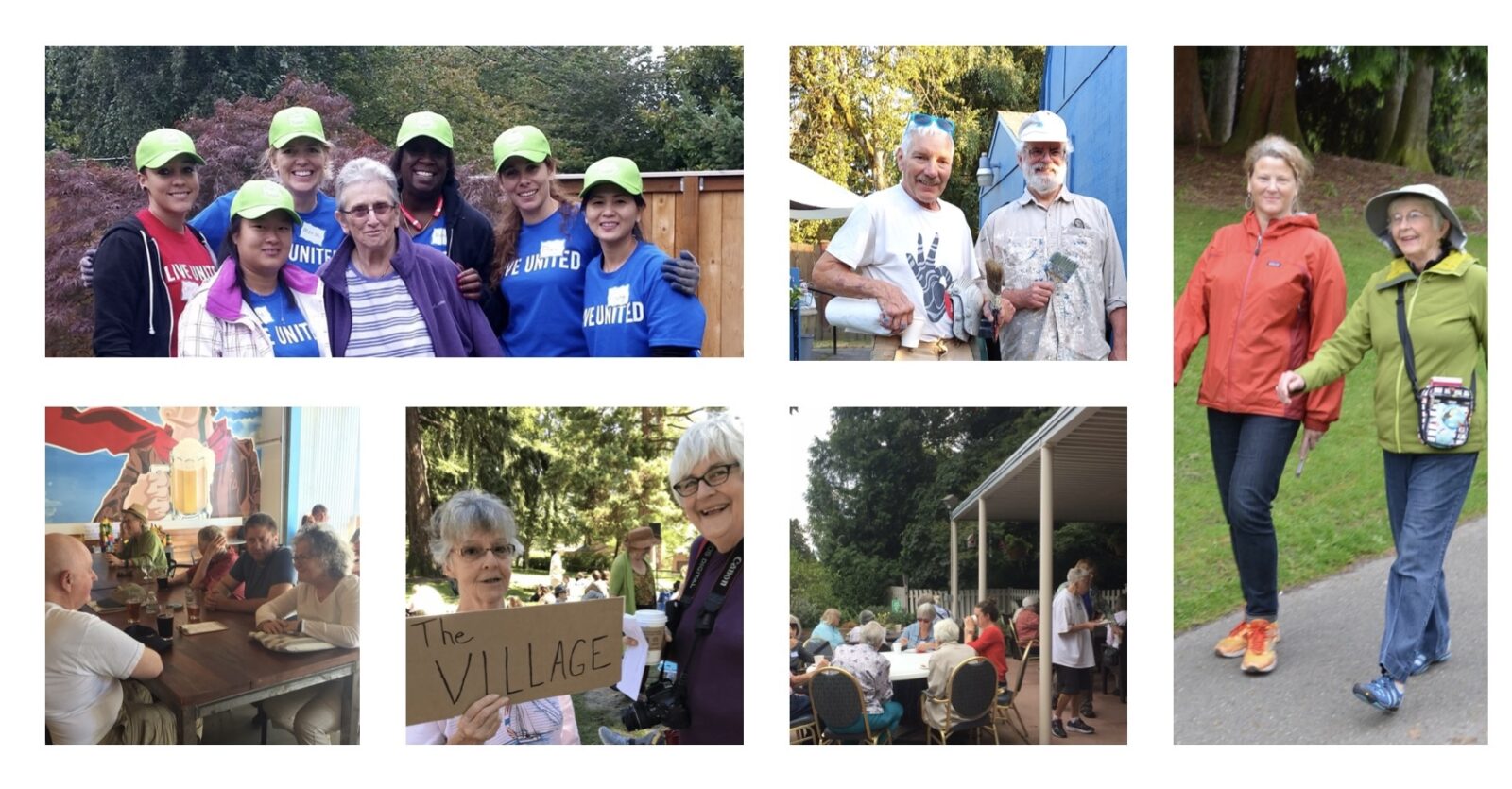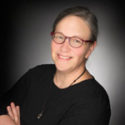Neighbors Helping Neighbors: The Village Movement

“When we decide to ask for help, it doesn’t mean we no longer play a role in our own well-being. Getting the help we need allows us to do what we can without being at risk. It means we have created new networks of connection and relationship. It might well mean we discover creative and other outlets for ourselves when we no longer have to worry about doing the things we no longer can, or want to, do ourselves.”—Rebecca Crichton, Executive Director of the Northwest Center for Creative Aging
Rebecca wrote this Musing in 2020, early in the pandemic, a time of deep uncertainty. She reminds us that asking for help is a good thing. And that was clearly a time when we all needed one another. Perhaps a positive outcome of this period was just that, recognizing our interdependence.
For older adults, the pandemic was a particularly tenuous time, especially as social distancing, scheduling vaccinations, medical appointments, even grocery shopping and accessing daily necessities like toilet paper (remember that?) became a challenge.
Through it all, grassroots organizations like the PNA Village continued to operate, finding new ways to support and continue to meet the evolving needs of members. It was (and is) “neighbors helping neighbors” at its best.
What, exactly, is a “village”?
Village programs typically begin with an objective to assist older adults by offering ways for them to age at home and remain independent as long as possible. This can look different for each village, but common supports include transportation, running errands, yard help, friendly visits, small home projects, and thoughtfully vetted business referrals.
According to the Village to Village Network, “Village members continue to live in their own homes and can be homeowners, renters, seniors sharing housing or living with relatives. All village members’ homes are located somewhere within the geographic boundaries/service delivery area of the village.”
Some villages also serve as conduits for social engagement around shared interests, such as walking, books, games, or conversation groups, meals and other gatherings. Others offer classes on a variety of topics such as the arts, exercise, or sports like Pickleball.
Most members find something they didn’t expect—deeper connection. Not just with other members, but with the volunteers who provide transportation and many of the other services. And the volunteers will be the first to share that they get more out of volunteering than they give.
“The Village program isn’t so much about the tasks themselves or using my ‘skills’ to provide help … it’s about the connections, the friendships, the network of community that we can develop when we all work together. I have gained as much as I have given to these amazing village members. This is why I remain involved. The Village’s program illustrates, more than any, the real and true power of community,” reflects my friend Christ Everett, a volunteer with the PNA Village.
Studies have found some of the benefits of involvement in a village—as a member or a volunteer—include an enhanced sense of purpose, a boost to self-esteem, a reduction in social isolation, and increased independence.
Each village is unique in terms of membership fees, ages included, and activities, supports and services offered, but the heart of each organization is essentially the same: a mutually supportive community program that allows for an older adult to remain independent in the place they call home.
As reflected by the Village to Village Network, “Villages are networks of support that foster interdependent aging in community.”
Interested in learning more? Check out the local villages, below.
Currently, King County is home to eight villages:
- Eastside Neighbors Network—organized to serve Eastside residents, with initial focus on Bellevue
- Iraqi Community Center of WA Senior Village—bring together elderly Iraqi refugees and immigrants throughout King County
- Northeast Seattle Together (NEST) —serving NE Seattle
- Northwest Neighbors Network—serving north King County and south Snohomish County
- PNA Village—serving NW Seattle
- Vashon Senior Center Villages—serving Vashon Island
- Wider Horizons Village—serving central Seattle
Outside King County:
 Contributor Keri Pollock directs marketing and communications for Aging Wisdom, a care management and creative engagement practice based in Seattle. She is a member of the Age Friendly Coalition for Seattle and King County, serves on the Phinney Neighborhood Association (PNA) Board, and the Frye Art Museum Creative Aging Programs Advisory Committee.
Contributor Keri Pollock directs marketing and communications for Aging Wisdom, a care management and creative engagement practice based in Seattle. She is a member of the Age Friendly Coalition for Seattle and King County, serves on the Phinney Neighborhood Association (PNA) Board, and the Frye Art Museum Creative Aging Programs Advisory Committee.
This article appeared in the January 2024 issue of AgeWise King County.
![Aging & Disability Services for Seattle & King County [logo]](https://www.agingkingcounty.org/wp-content/themes/sads/images/seattle-ads-logo.png)